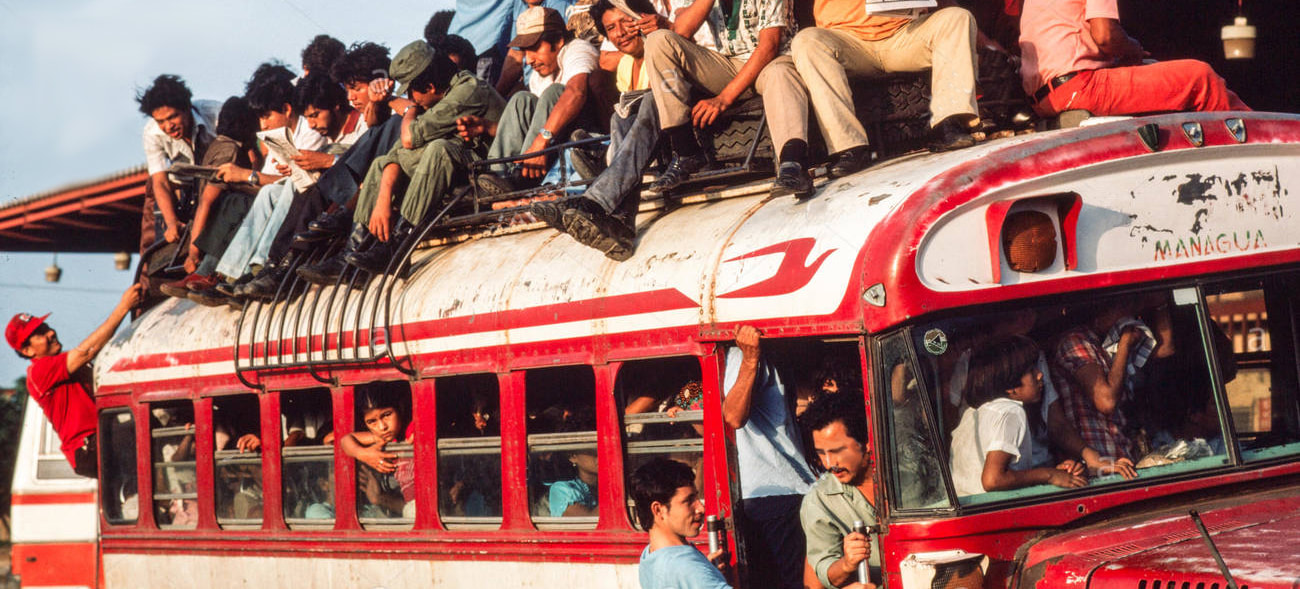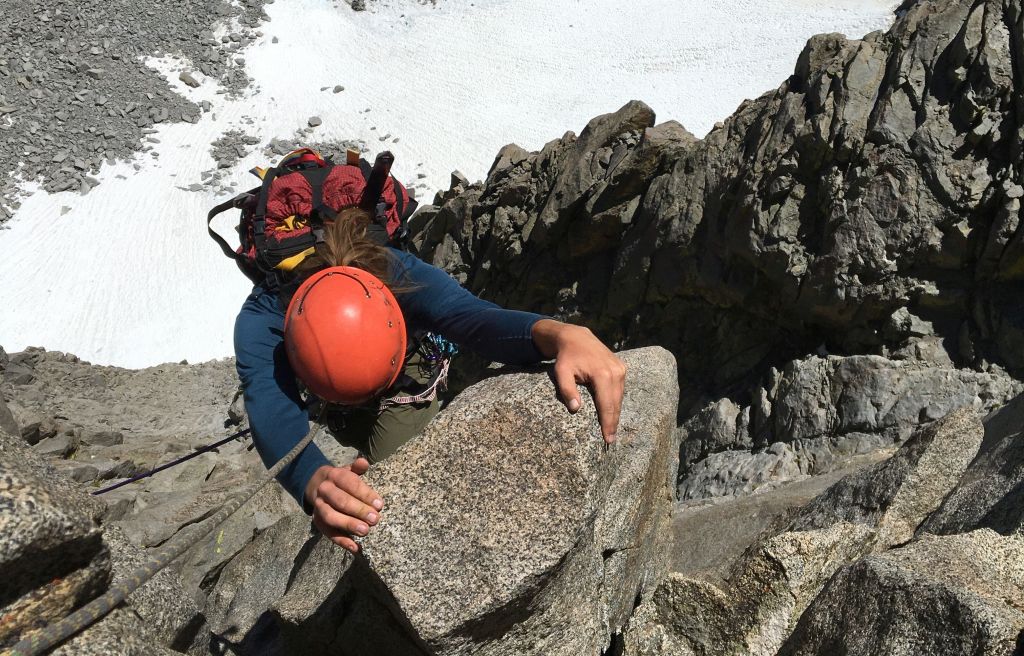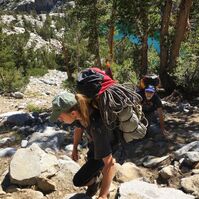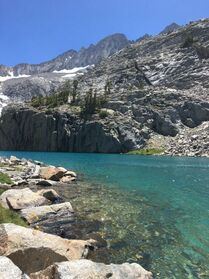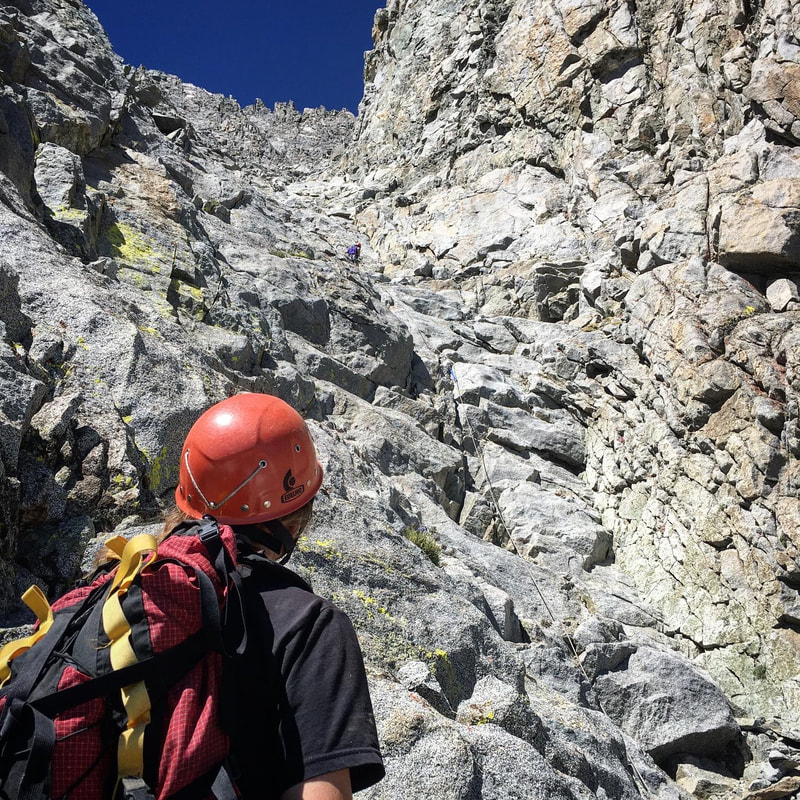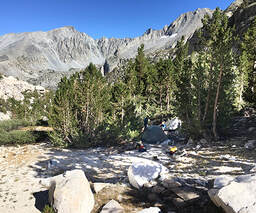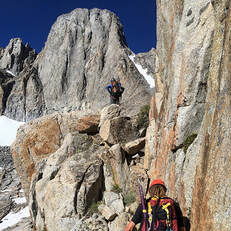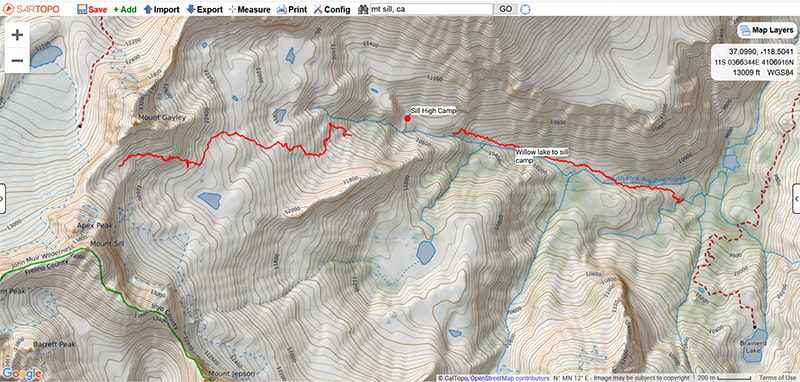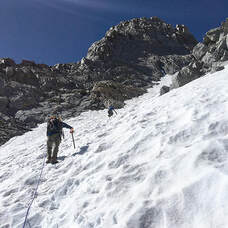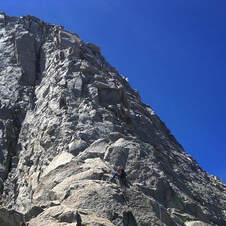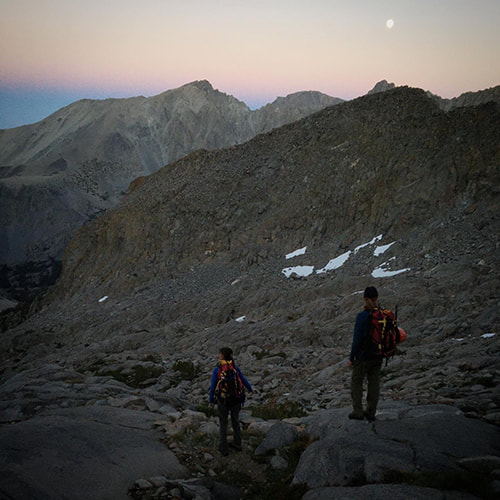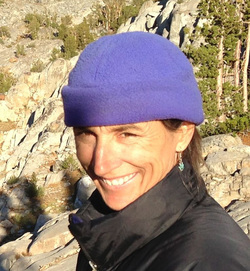My Dad, a listener, sent this poem to me, a writer.
He's always keeping a quiet finger-on-the-pulse and when the time is right he offers something. This is his latest offering, a single xeroxed page that traversed 3,000 miles to slide through my mail slot last night. I post it here so I will always be able to find it, to reread it until I'm not afraid to open my soul to writing, and to this wild old woman.
La Muerte, Patron Saint of Writers
by Clarissa Pinkola Estés
Here buses rattle like buckets
of bolts; brake drums made stronger
by prayers to Santiago. The paint of these buses
regalo blue, cielo red, tierra y sanguine.
Up front Old Virgin Mother rides lookout,
and it is the law: all bus tires must be square,
all drivers must be certifiably blind,
all riders must have springs in their necks
and their ass cheeks.
The men wear their hats extra jammed on.
The women tie the live chickens together loosely
on purpose, just to make trouble. And the old
toothless one sags next to me. She has always
just eaten a tub of garlic, she has always just rubbed
her armpits and genitals with vinegar and goat cheese.
She is always leaning toward me, never away.
And I am always her seat mate, or that of her older sister
or her aged father. Always I am sitting thigh to thigh
with La Muerte. Now this La Muerte, this old one, laughs
maniacally at absolutely nothing, and over and over,
and always right in my face. Her breath fogs my vision, wilts
my hat brim, makes my nose cry. I work hard to stay by her,
to love her, love her cackle, love her odor, to love the pain
that I feel. If I can love her, if I can stand this pain,
of being near what others flee,
I will be able to write tonight,
and maybe for as long as a month.
Ah La Muerte, patron of las chupatintas, the pen-pushers,
you who only travel by bursting bus or teeming train or
broken car or bombed-out lorry, you who run
all over my page, screeching, "Catch me if you can,"
you who hide between the lines as though they are hedges,
peering over like some old baby in a macabre peek-a-boo.
Ah La Muerte, my love, my lover, pray for us, your writer children.
Give us all those acrid, sour, dour, and sickeningly sweet
smirks and smells, exactly the ones we need to write right.
Please, I beg you in all my authorial insanity, sit beside us
now and forever, fertilize our writing for ever and always
with the holy compost of your smiles.
Here buses rattle like buckets
of bolts; brake drums made stronger
by prayers to Santiago. The paint of these buses
regalo blue, cielo red, tierra y sanguine.
Up front Old Virgin Mother rides lookout,
and it is the law: all bus tires must be square,
all drivers must be certifiably blind,
all riders must have springs in their necks
and their ass cheeks.
The men wear their hats extra jammed on.
The women tie the live chickens together loosely
on purpose, just to make trouble. And the old
toothless one sags next to me. She has always
just eaten a tub of garlic, she has always just rubbed
her armpits and genitals with vinegar and goat cheese.
She is always leaning toward me, never away.
And I am always her seat mate, or that of her older sister
or her aged father. Always I am sitting thigh to thigh
with La Muerte. Now this La Muerte, this old one, laughs
maniacally at absolutely nothing, and over and over,
and always right in my face. Her breath fogs my vision, wilts
my hat brim, makes my nose cry. I work hard to stay by her,
to love her, love her cackle, love her odor, to love the pain
that I feel. If I can love her, if I can stand this pain,
of being near what others flee,
I will be able to write tonight,
and maybe for as long as a month.
Ah La Muerte, patron of las chupatintas, the pen-pushers,
you who only travel by bursting bus or teeming train or
broken car or bombed-out lorry, you who run
all over my page, screeching, "Catch me if you can,"
you who hide between the lines as though they are hedges,
peering over like some old baby in a macabre peek-a-boo.
Ah La Muerte, my love, my lover, pray for us, your writer children.
Give us all those acrid, sour, dour, and sickeningly sweet
smirks and smells, exactly the ones we need to write right.
Please, I beg you in all my authorial insanity, sit beside us
now and forever, fertilize our writing for ever and always
with the holy compost of your smiles.
